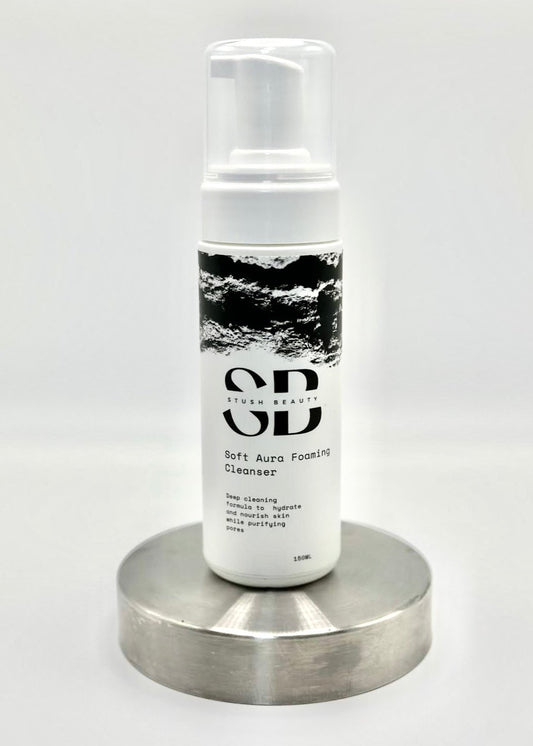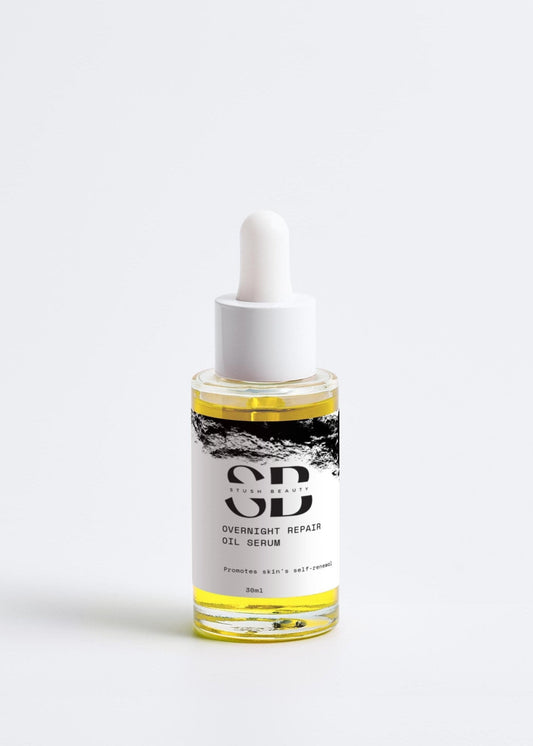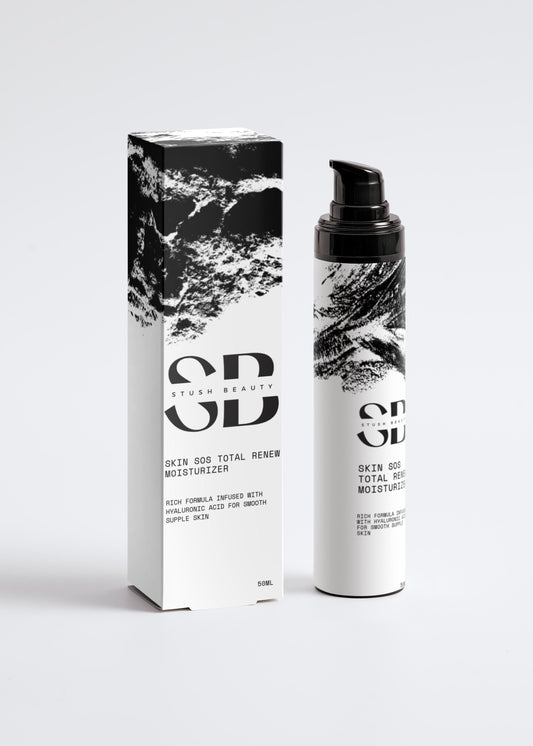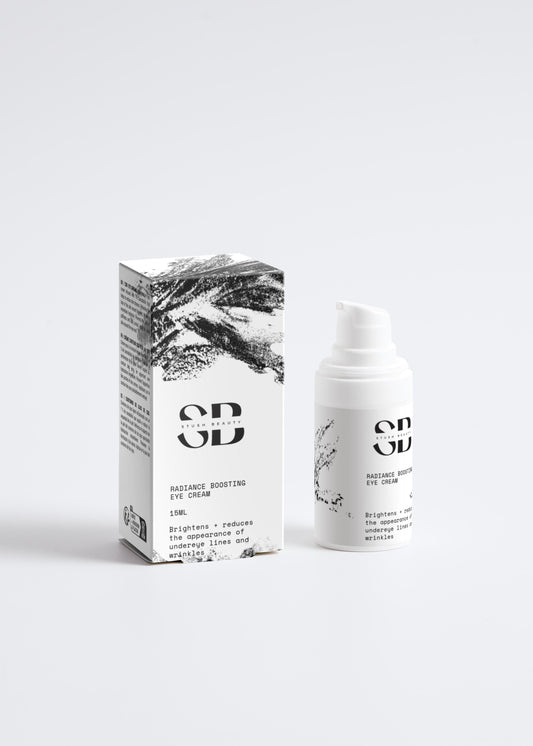Acne— a skin condition that affects nearly 10% of the world’s population— and sugar are two different things, and it’s almost impossible to envision how one might be connected to the other as they don’t even look or sound alike. But they’re a lot more connected than you think. A study by the National Library of Medicine found that the consumption of milk, sugary beverages, fatty and sugary products are closely associated with current acne in adults. Despite these risks, it’s impossible to completely cut out these food items from our everyday diet. Before worrying about a workable solution, let’s understand the scientific relationship between sugar consumption and acne breakouts.
A Friendship Behind The Scenes: How Excess Sugar Invites Acne
Before we understand the relationship between sugar and acne, it’s important to understand that our skin is composed of over 5 million pores, out of which 20,000 are on the face alone. Pores are openings on the skin that release oil and sweat, and are found everywhere on the body except the palms of our hand and the soles of our feet. These pores are made up of the hair follicles and oil glands of the skin, and it’s the clogging or blockage of these pores that leads to the formation of pimples. So how do the innocent-looking grains of sugar clog these pores? When high-sugar foods are consumed, it leads to a sharp spike in blood sugar levels which is brought down by the abrupt production of insulin. Since acne is an inflammatory skin condition, anything that causes inflammation in the body can trigger acne breakouts, and high blood sugar— also caused hyperglycemia— does just that. It leads to increased inflammation in the body which causes thickened hair follicles and increased oil on the skin leading to acne breakouts.
Androgen Hormones: A New Partner in Crime
Thought that you had to be worried about increased androgen hormones only till you were a teenager? You’re wrong. While they’re often associated with your teenage years, the food that you eat can also trigger the release of androgen hormones. When you eat high-sugar food, it leads to higher insulin generation. This instigates the adrenal glands leading to the production of more androgen hormones resulting in an increased production of acne-causing sebum or oil.
It’s Not Just Acne
A bad breakout is just one of the ways in which sugar can negatively impact your skin. It is probably just the tip of the iceberg. Since sugar causes inflammation, it also increases the risk of other skin conditions such as eczema, psoriasis and rosacea. This also leads to glycation, a process where sugar becomes attached to proteins like collagen and elastin, leading to the production of advanced glycation end products or AGEs. If AGEs accumulate in the skin, they can cause prominent indications of aging such as fine lines, wrinkles and sagging skin.
Moderation Not Eradication
It’s not possible to completely eradicate sugar from your diet. But consuming it in moderation can prove to be helpful for your skin health. A study by the International Journal of Dermatology stated that those with a low-glycemic diet are less likely to have breakouts, as opposed to those who consume a lot of sugary products. Switching to natural sweeteners such as monk fruit, honey and stevia which don’t raise blood sugar levels is another option. Since they don’t cause inflammation, they are safer for the skin than processed sugar. It’s important to remember that while sugar plays a significant role in triggering breakouts, it’s not the only reason and other environmental factors such as lifestyle must be taken into consideration. Balance is the key to good skin health, and the next time you feel like consuming that extra sugary product, look at it with the eyes of a scientist and between the cherries and chocolate chips, you’ll see a sprinkling of acne.




